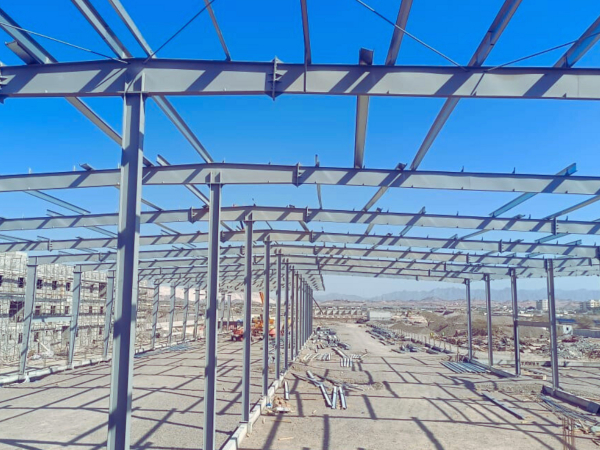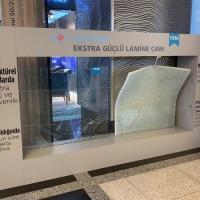Date: 21 June 2007
The tail-end of the trip means driving down a bumpy sandy road for between one and two hours. This route leads through impressive canyons with steep, nearly dry river valleys to fields at an altitude of 1,300 meters. Here, along the edges of steep canyons in the Gansu Province in the west of China, humble farmers grow wheat and soy beans in loess soil one meter deep.
When the shipment arrives at the village of Mawan, it is accepted enthusiastically. The inhabitants light firecrackers as school children and musicians sing, dance and cry out: “The German-Chinese friendship must last forever!” The warm reception is meant for experts from SCHOTT Solar, the German company that manufactures solar modules and SMA, a company that makes power inverters. Together with Chinese firms, the two companies will be setting up a power supply for roughly 120 people who live here.
An estimated 30 to 50 million people live without electricity in China, particularly in the sparsely populated western provinces. To combat excessive migration into cities, the Chinese central government is investing huge sums in infrastructure. As part of the »Brightness« Program that entered the pilot phase in 1999, 23 million Chinese will gain access to power from renewable energy sources by 2010. Because the settlements are located far apart from each other, the government is relying on independent village power supply systems, so-called mini-grids.
The Federal Ministry for Economic Cooperation and Development has been supporting this program with subsidies from Germany since 2002. 26.2 million Euros have been earmarked to installing 375 insular solar grids in the villages of the western provinces Xingjiang, Quinghai and Gansu, as well as the southern province Yunnan. The provinces will be contributing the equivalent of 13.2 million Euros on their own.
For Gansu, where incident solar radiation lies between 1,500 and 1,700 kilowatt hours per square meter and year, a level even higher than in North Africa, the Chinese International Tendering Corporation (CITC) in Beijing initially issued a bid for tender on a power supply for 25 villages. In March of 2005, SCHOTT Solar was awarded the contract to serve as main contractor and signed it together with CITC and Gansu Huineng New Energy Development Company, a company based in the province’s capital of Lanzhou that will be responsible for operating the power grids in the future. The company handling installation is also from Lanzhou. Ten of its employees were thoroughly trained at a five-day event at the beginning of June, 2006.
Solar power plants were then installed in each of the villages. Here, the wiring harnesses that connect residences often hundreds of meters apart were hung up on wooden poles. To start with, the installation crews in the villages of Mawan and Guowan received assistance on how to wire up the various system components from the experts at SCHOTT and SMA. Diesel generators support operations in 18 of the 25 villages. However, they only meet a maximum of ten percent of the total power requirement in order to limit fuel consumption and reduce wear on the engine. Both the generators and the nickel-cadmium batteries come from Chinese companies.
By the end of November of 2006, solar power modules from SCHOTT with a total capacity of around 125 kilowatts (kW) were already installed in the 25 villages. This means an average facility size of nearly 5 kW per site. Spread across households, this means one family receives around 120 kilowatt hours of electricity per year – not much compared to industrialized regions, but enough for lighting and satellite television. The villagers are extremely happy about finally having access to electric light. Because all of the components are connected by an alternating voltage grid with 220 volts, the system can be expanded on a modular basis.
For projects like Gansu, SCHOTT Solar has just the right know-how and was able to leverage around 15 years of experience with off-grid power supplies in Europe, the U.S.A., Africa and Asia. Nevertheless, this maker of solar modules hardly views itself as mainly a systems supplier. ”Our goal is to help local dealers and system integrators become qualified to build their own businesses based on our modules,” explains Martin Gorn, Export Sales Manager for Asia, Africa and Pacific. According to projections, as many as two billion people on Earth still live without electricity. As Martin Gorn puts it, ”Areas without grids are the solar markets of the future.”
















Add new comment